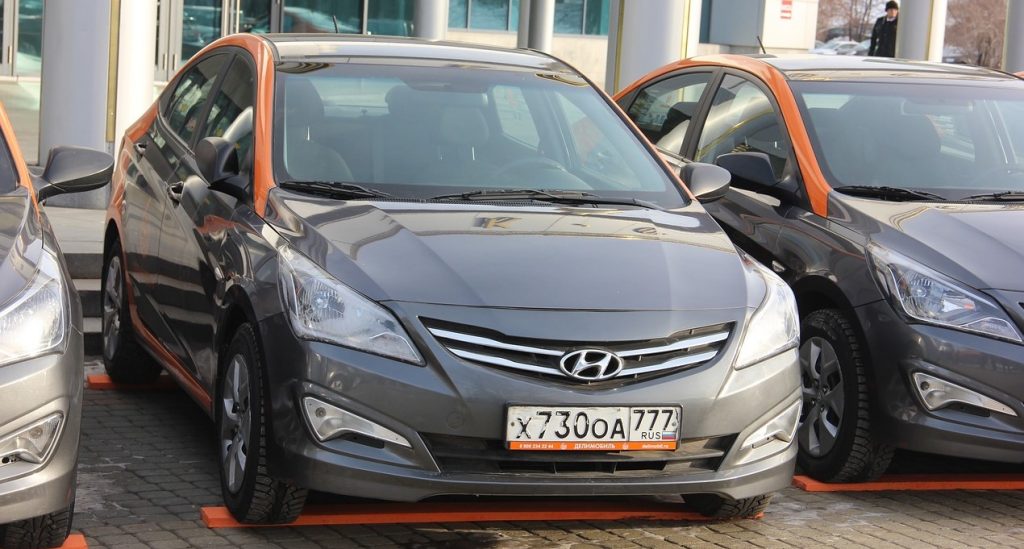
Car-Sharing (CS) began in Zurich, Switzerland, in 1948, and Bike-Sharing (BS) in 1965, in Amsterdam, Netherlands. However, the market of shared mobility started booming in the last decade of the 20th century. The revolution in telecommunication technologies, such as the availability of mobile phones, smartphone applications and better location services, has triggered the growth of this sector. This new mode of transport has ample advantages, including decreasing traffic congestion, improve air quality, and making vehicles affordable.
The CS/ BS network is different from conventional car rental services in the sense that corporate organisations, rather than individual car owners, manage these businesses. These operators need to improve the effectiveness and efficiency of the vehicles to compete with – alternative modes of transportation, such as public transport, carpool or rival companies. Zipcar, Avis, Turo, Nice, and Drivy are some of the companies, which are providing CS services.
The operators decisions to improve the effectiveness and efficiency can be divided into two categories,
I] Strategic Planning decisions: These include the decisions for the long term growth of the organisation, for example, the determination of the number, fleet size and locations of the stations, distribution of vehicles among stations, evaluation of the performance of a network of CS stations, up-gradation of vehicles, development of android applications, and change in policies.
II] Operational decisions: These decisions are to be made to manage the day-to-day operation of the CS network, e.g. vehicle relocation Problem (VReP), cleaning as well as charging of vehicle and short term demand forecast. In one-way station-based CS systems , VReP problems occur due to the difference in demand and supply of the number of vehicles at a particular station. A one-way car-sharing system indicates those car-sharing networks, in which customers can drop vehicles at the destination rather than the first place, where they have rented the vehicles. Moreover, a station based network means that a consumer can rent and drop the vehicles at some specific places only, known as depot or station. In these situations, companies need to relocate a vehicle from one station to another station to meet the demand.
Most of the mathematical decision models available in the literature consider only Strategic or Operational decision at a time. More work is required to get a robust solution, which can be applied by all kind of car-sharing service providers irrespective of their risk behaviour, integrate both the decision models, and have minimal number of assumptions.
Further Reading:
Stefan Illgen and Michael H ̈ock. Literature review of the vehicle relocation problem in one-way car-sharing networks.Transportation Research Part B: Methodological, 120:193–204, 2019